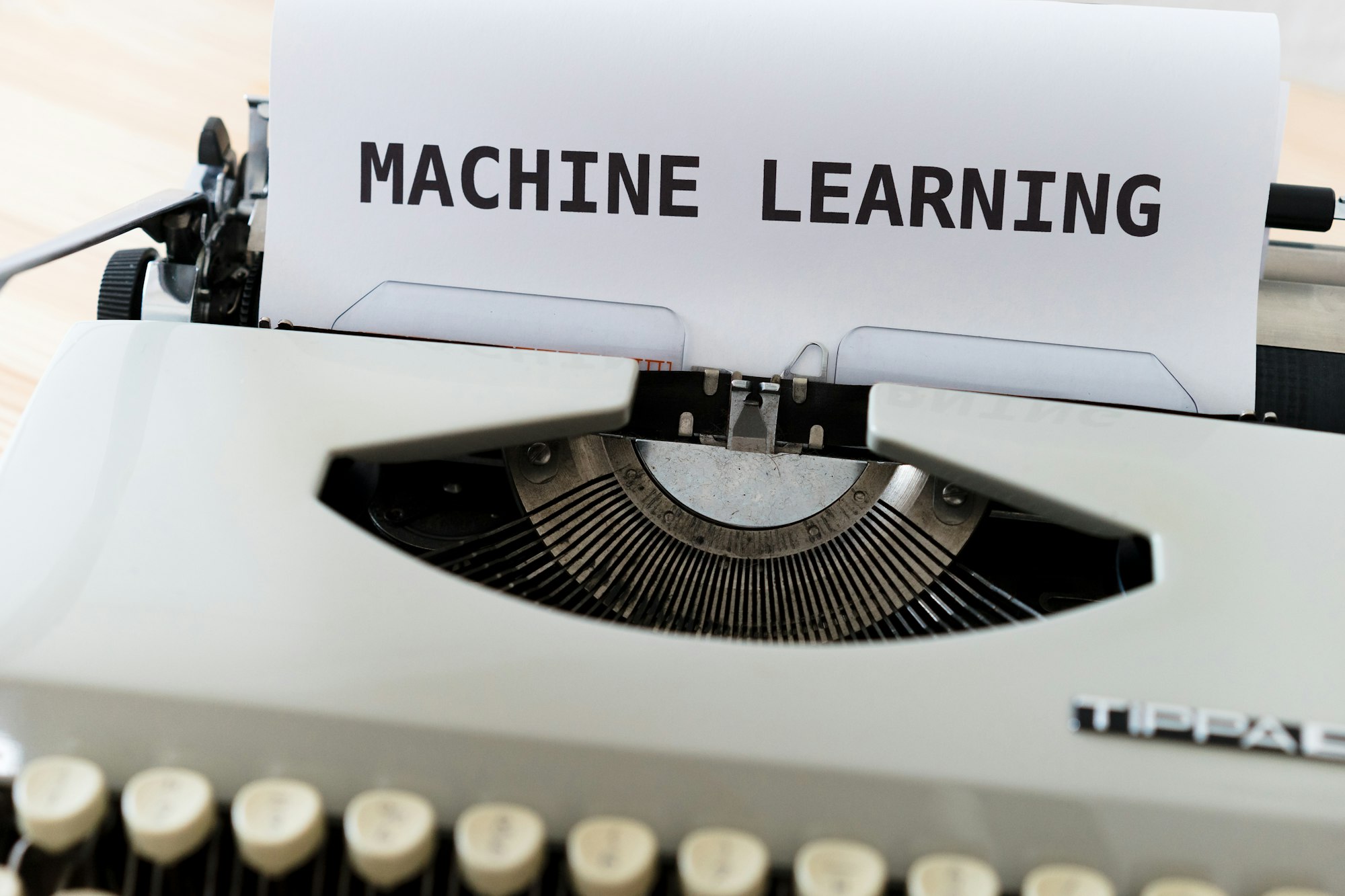What is MLOps?

In today's rapidly evolving technological landscape, machine learning projects have become increasingly prevalent across organizations. With the abundance of available data, the democratization of compute power, and remarkable advancements in algorithmic training, the potential of machine learning is boundless. However, as someone who's deeply interested in this field, I've come to realize that embracing MLOps is crucial to effectively scale these projects.
As organizations embark on machine learning initiatives, one of the primary challenges they encounter is the lack of a clear strategy and the presence of organizational silos. This is where MLOps, short for Machine Learning Operations, enters the picture. MLOps aims to efficiently transition machine learning projects from proof of concept or pilot phases to full-scale production workloads.
At its core, MLOps aims to streamline the entire machine learning lifecycle, making it scalable and manageable. Let's break it down into some simple steps:

Sounds straightforward, right? Well, the challenge arises from the fact that MLOps requires multiple roles and tools.
Data scientists often focus on all tasks related to training the model, also referred to as the inner loop.
For the outer loop, where the model is packaged, validated, deployed, and monitored, data scientists often seek the assistance of machine learning engineers, who leverage DevOps practices to effectively scale the machine learning models.
Using DevOps principles like agile planning can help your team organize your work and produce deliverables at an unprecedented pace.. With source control, you can facilitate the collaboration on projects. And with automation you can accelerate the machine learning lifecycle.
So, what is MLOps?
MLOps is a set of practices and principles that aims to efficiently manage and streamline the entire lifecycle of machine learning projects. It brings together machine learning (ML) and DevOps methodologies to enable organizations to scale, deploy, and maintain machine learning models in a more reliable, reproducible, and collaborative manner.